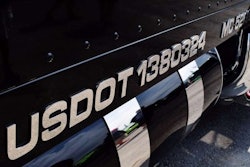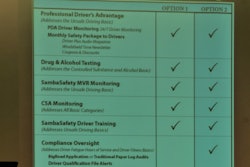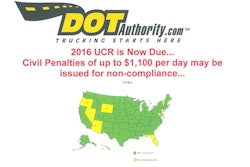This story is an updated version of a guide that originally ran in Overdrive‘s 2014 “Be Your Own Boss” series about moving from a leased operation to your own authority. It outlines the basics of filing requirements and procedures to get your authority, and was subsequently updated in 2019 as California-leased owner-operators in some instances were being advised to move to trucking with authority in light of the state’s contractor law then set to come into effect Jan. 1, 2020. Overdrive further revisited this guide for an update May 25, 2021, in light of record numbers of carriers seeking authority over the many months ahead of that date on the backside of the COVID-19 pandemic.
1. Establish your business entity.
Consult with your accountant for the best business type for your operation, as all have different tax implications. Know, however, that the Limited Liability Company and various corporate forms can serve to provide at least some measure of protection of personal assets in the event of an accident -- also potentially to shield owner-operator businesses from adding potential enforcement liability to brokerage partners in California, given the potential for likely future A.B. 5 enforcement (though that legal question still remains unsettled).
The most common form of business for leased owner-operators, nonetheless, remains a sole proprietorship or partnership, where personal liability for the owner or partners is higher. Given greater risk in the independent business model, it’s no surprise that LLCs and corporations (the S Corp is the most common corporate structure for owner-operators) are set up more often there.
If you are going to be a LLC or a corporation, file your business with the Secretary of State in your state of residence/base operation. Costs will vary depending on your state’s filing fees.
Note: If you are using your personal name and/or a “doing business as” (DBA) name as a sole proprietor, some states require that you register that also, Owner-Operator Independent Drivers Association reps say.
2. Start the Unified Registration System filing process.
Filing fees for getting your authority are limited to the $300 fee paid for the Federal Motor Carrier Safety Administration’s issuance of authority. The FMCSA’s URS online system guides new applicants through the process, during which you’ll apply for authority and receive your USDOT and motor carrier (MC) numbers, and pay the associated $300 fee.
3. Get insurance.
This is the most involved part of the process and can be thorny in this day and age for new independents. It can be done at any point in the process, but experts recommend that after filing your business type with your base state you should start getting quotes from different insurance companies to ensure affordability.









